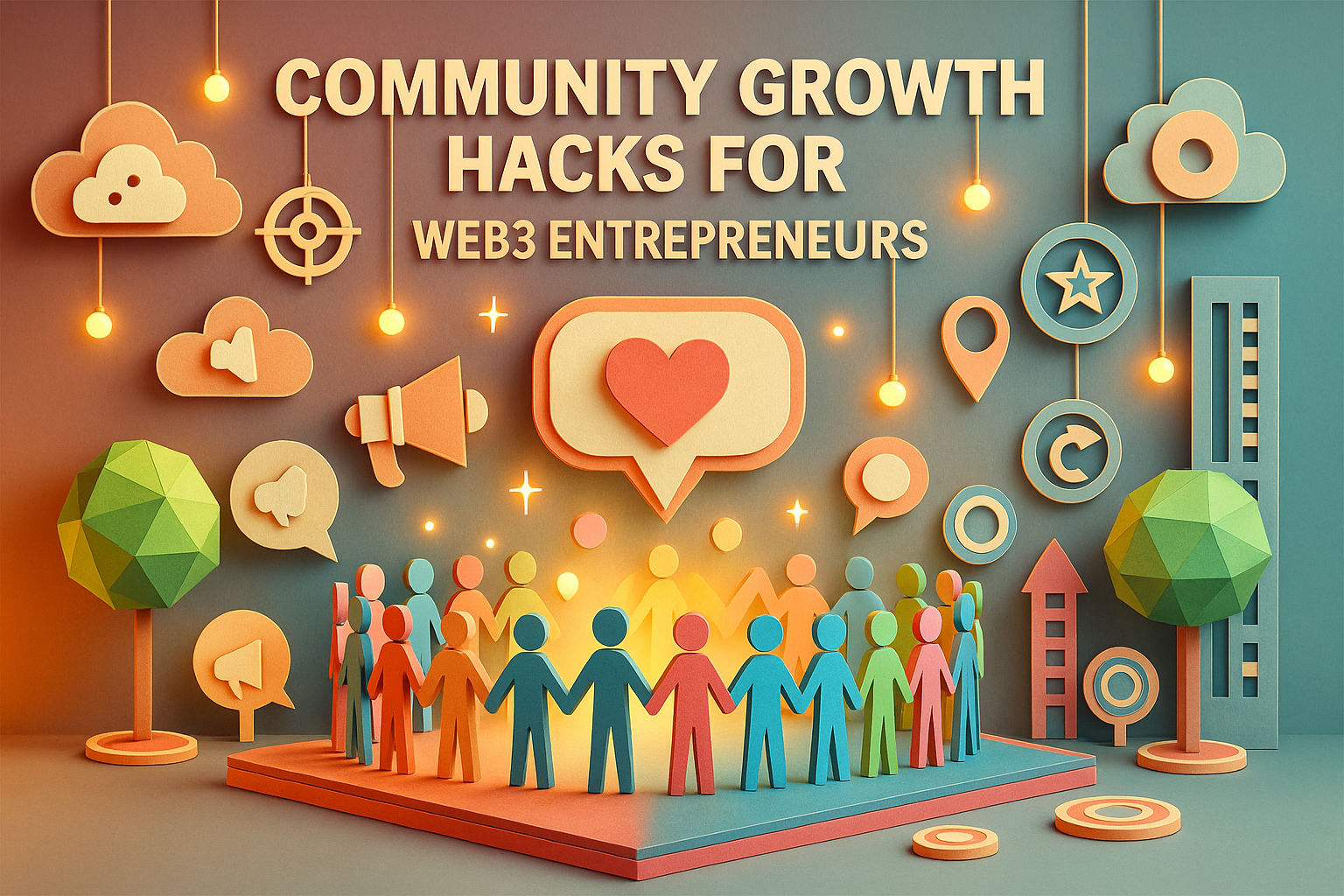In today’s fast-paced digital landscape, standing out in the crowded B2B market can feel like an impossible endeavor. However, with the right growth-hacking techniques, your startup can achieve remarkable results without getting lost in the noise.
Understanding Growth Hacking in B2B
Growth hacking is not just a buzzword; it is a business philosophy focused on rapid growth through creative and unconventional strategies. In the B2B sector, particularly in Crypto, Web3, and Fintech, the nuances of building relationships and driving sales differ from traditional methods. By fusing innovative marketing with data-driven analysis, businesses can discover unique paths to success.
Attention: Stand Out with Unique Value Propositions
The first step to effective growth hacking is capturing attention. For B2B organizations, this means developing a compelling Unique Value Proposition (UVP). What sets your product or service apart? Your UVP should resonate with key pain points in your target market.
Example: If you’re in the Fintech space, emphasize how your solution simplifies complex processes or enhances security features. Using targeted content – such as thought leadership articles, webinars, or case studies – can create engagement and draw in potential clients.
Interest: Create Engaging Content and Communities
Once you’ve garnered attention, it’s crucial to maintain interest. B2B buyers today research extensively before making a decision. Providing insightful, educational content helps build trust and position your brand as a thought leader in your industry.
Create resources that solve common problems in your target market. This could be in the form of whitepapers, infographics, or even community platforms. For instance, hosting exclusive online workshops or creating user groups around your offerings can facilitate connections and drive engagement.
>> Pro Tip: Collaborate with industry influencers or experts in the Crypto and Web3 space to create co-branded content that adds credibility and reaches wider audiences.
Desire: Leverage Social Proof and User Advocacy
As you nurture leads, the key is to convert interest into desire. Social proof, such as testimonials, case studies, and user reviews, plays a monumental role in the B2B decision-making process. Showcase how other clients have benefited from your product, focusing on quantifiable results.
Consider establishing a referral program that encourages existing customers to advocate for your brand. These referrals can be an excellent source of leads, reducing the cost per acquisition significantly while enhancing credibility.
Action: Optimize Conversion Through Analytics
The final hurdle to overcome is converting leads into customers. To optimize this stage, data-driven insights are invaluable. Use analytics to track user behavior on your website, social media, and email campaigns.
Understanding where potential customers drop off the funnel can illuminate necessary adjustments. A/B testing landing pages or adjusting your call-to-action (CTA) placement can impact conversion rates significantly. In the fintech world, for example, a seamless onboarding process with user-friendly tutorials can greatly enhance user experience and lead to higher retention rates.
Closing the Loop: Continuous Iteration
Importantly, growth hacking is not a one-and-done strategy. It requires continual experimentation and iteration. Invest time in analyzing what works and what doesn’t while staying adaptable to emerging trends in the marketplace, particularly in fast-evolving sectors like Crypto and Web3.
Utilizing data aggregation tools, such as Google Analytics and customer feedback loops, can provide actionable insights for ongoing refining of your strategies.
Conclusion: Embracing the Growth Mindset
Growth hacking in the B2B space, particularly within high-growth startups, is about creating scalable processes and fostering a culture of innovation. By emphasizing a robust UVP, engaging your audience with valuable content, leveraging social proof, and optimizing through data analytics, you position your startup for sustainable growth.
As you explore these strategies, remember: growth hacking is as much about intuition and creativity as it is about analytics and data.
I invite you to follow us and subscribe to our newsletter for more insights on elevating your brand in the tech landscape. Feel free to share your thoughts or techniques that have worked for you in the comments below!











